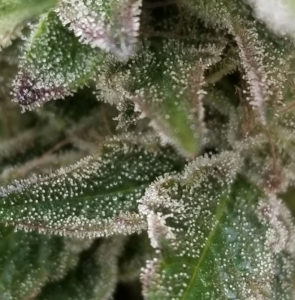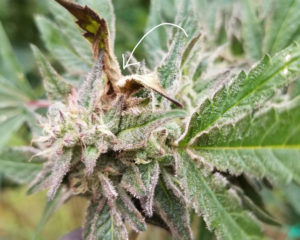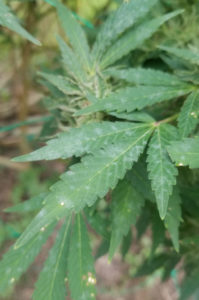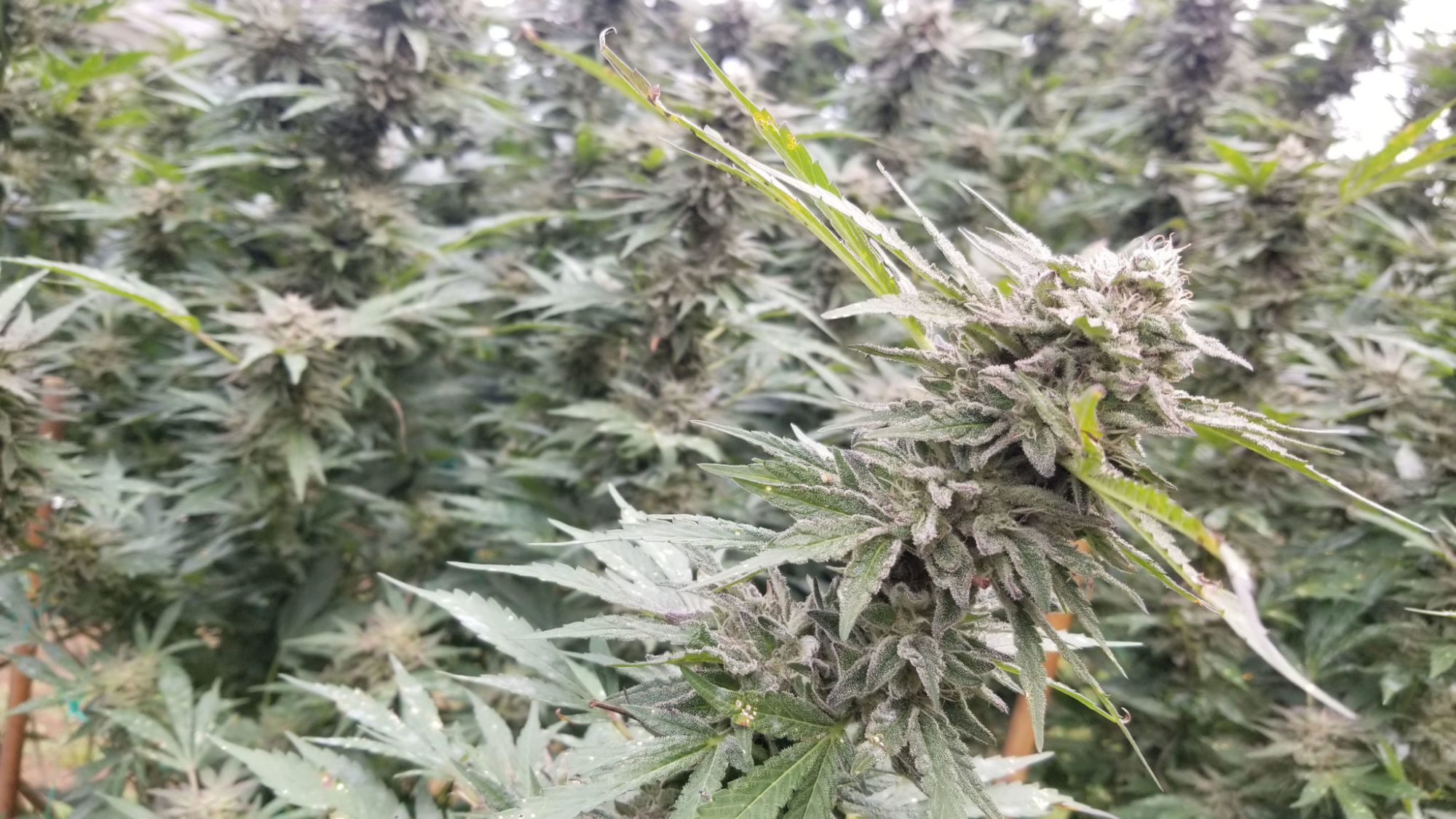When Do I Harvest?
“How do I know when it’s time to harvest?” This is question we get a lot. We also find when looking at grower samples, that many growers harvest their flowers before they are fully done.
There are three main factors we look at when considering when to harvest. They are: time spent flowering, trichome development, and size/structure of flowers. Knowing what to look for will help you to harvest at just the right time. Read on for our quick rundown!
The first step in determining cannabis ripeness is time spent flowering, which requires good record keeping. For indoor growers this means marking on the calendar the day you flip your lights to the flower cycle. For outdoor growers that means taking note of the first sign of flower (in Vermont that should happen by mid-August), and then counting the weeks from there. Most cannabis strains ripen after 7-9 weeks of flower, with some sativa varieties taking up to 12 weeks to finish (auto flowers aside of course). If you purchase seeds from a breeder, they will have a recommended length of flowering time.

Once you know you’re getting close to harvest, you start looking at the trichomes, the small mushroom shaped glands that cover the cannabis flower. These are the little resin sacs that hold cannabinoids (like THC, CBD and others) as well as the terpenes that give each strain it’s unique smell and flavor. To properly assess your trichomes, you’ll need a jeweler’s loop, an important tool in every grower’s tool box!
As these glands start their ripening process, they become more prominent and erect. In early stages the trichomes appear clear, while the plant is still packing on weight and building up potency. As they ripen the heads of the trichomes swell and turn an opaque white in color indicating they have reached maximum potency. Next, they will turn to amber, as the cannabinoids convert to CBN, the cannabinoid most responsible for the sleepy feeling cannabis can sometimes have. Therefore, you see a lot of people warning of “couch lock” if you let your flowers go too long, though we maintain that genetics plays a much larger role in this than does ripeness of trichomes, and it is better to harvest a week late than a week early. We like to harvest when you have primarily white trichomes, with a few starting to amber.
The last piece, size and structure of flowers, is a key determiner. We have had, for example, some strains who’s trichomes turn amber during week 5 of flower, long before actual harvest. Knowing your genetic, keeping an eye on the calendar, and watching your trichomes and bud size are all things that you must take into consideration when deciding when to harvest. With practice, you’ll easily be able to identify and determine harvest readiness.
Special Foot Note – Just for Outdoor Growers:

When growing outdoors we have a few other key factors that determine harvest time: weather and mold. Typical harvest time in Vermont for outdoor growers is sometime between the end of September, and mid-October, with most 8-week strains wanting that mid-October harvest date. Unfortunately, the weather during this time of year can vary greatly, with cold nights and warm days presenting a perfect environment for development of mold and mildew. Bring in extra periods of rain, fog, or potentials for early frost, and you’ve got yourself a real environmental challenge.

We advise outdoor growers to be vigilant during this time with daily checks for signs of mold like botrytis, that fuzzy brown stuff that takes over your bud sites, and for powdery mildew, the white spotted stuff on your leaves. Any mold and mildew should be removed and that product discarded immediately as it is harmful to ingest, especially for those with compromised immune systems.
Once mold and mildew take hold, it can quickly spread and ruin your entire crop. As a grower you must decide how long you can push your harvest date, based on all the above-mentioned factors, and determine if harvesting early is better than potentially loosing your whole crop to mold and mildew. This game of “can we push it one more day?” can be dangerous for newer growers who are not familiar with spotting early signs of disease, or those who need a sure thing harvest.
As far as frost is concerned, most cannabis plants can handle a light frost, while a hard frost will likely kill the plant, and potentially render it unusable, at least for anything other than extraction. If you are pushing the envelope and want to protect against frost, we recommend using a pop-up cover to protect your plant from the radiant cooling of the night sky. DO NOT wrap your plant or put anything directly on it as this can trap in moisture and create environments for mold to flourish.
Growing outside in Vermont is 10% technique, and 90% dumb luck, with each growing season bringing its own unique challenges to keep growers on their toes. If you are looking for more control over your crop and being able to harvest at maximum ripeness, give indoor growing a try. Check out some of our grow tent packages here.

